You probably think I’m head-over-heels about this fungus, considering this is the third time I’m writing about Pseudoinonotus dryadeus in four days. To be honest, you’re not wrong! But who doesn’t get awestruck by wood-decay fungi?
I had the opportunity to re-visit a very large oak that – earlier in the year – I had noticed was colonised by this fungus. The below pictures were taken during August 2015 and early in the morning (around 9AM). Perhaps (in reference to the time of day) this is why the bracket was guttating, though I admit that my knowledge on guttation of fungi is severely limited (though this short article explains it quite nicely).
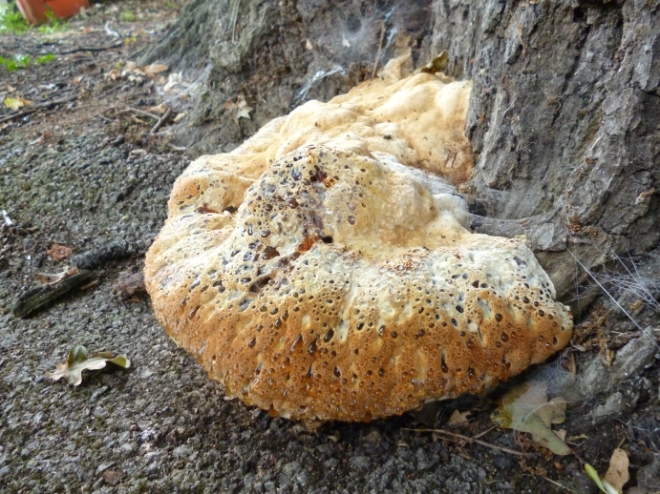
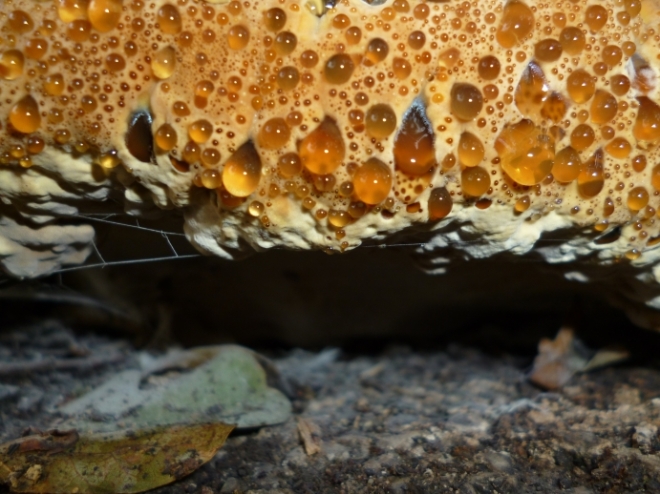
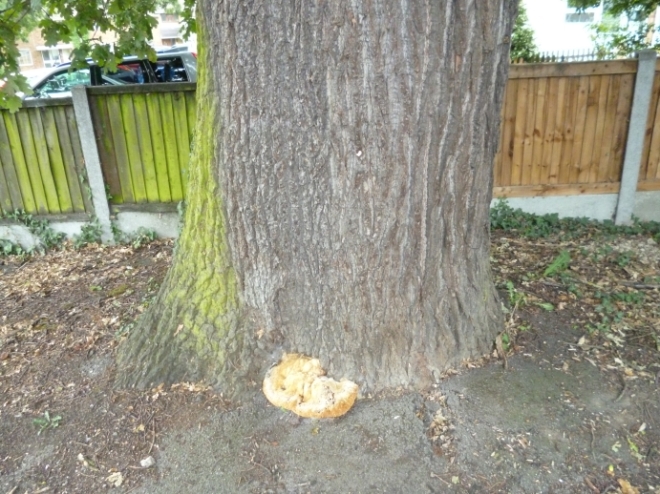
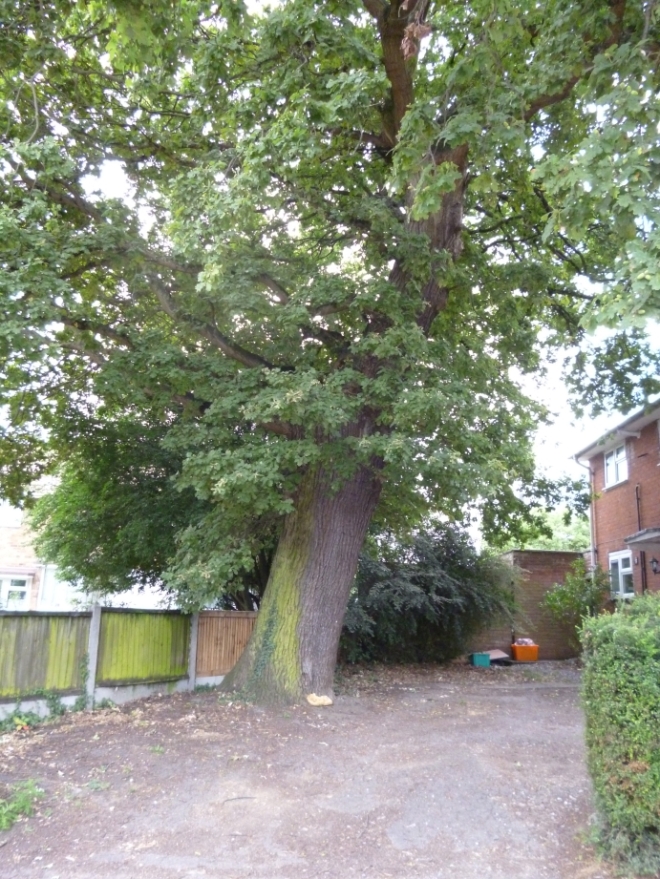
Today, during the afternoon, I took the below photos. Unlike the previous two posts on Pseudoinonotus dryadeus, this bracket was still very reminiscent of its former self, with very little algal growth atop and in a very early state of decomposition. I suspect the surroundings to the host oak will have played a role in this.
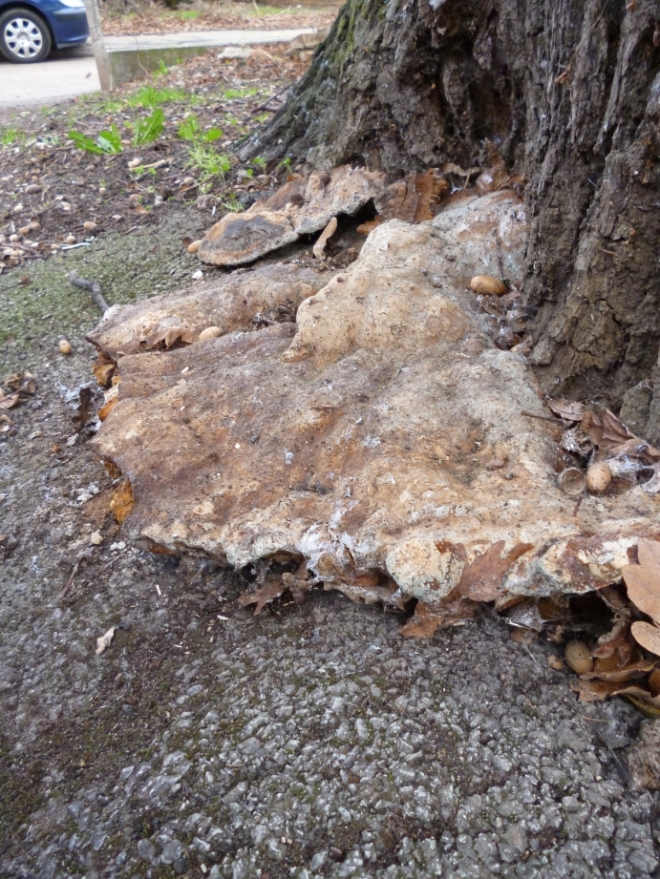
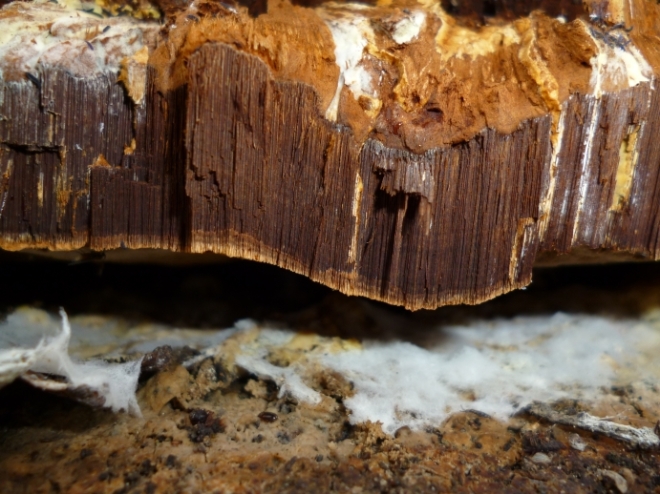
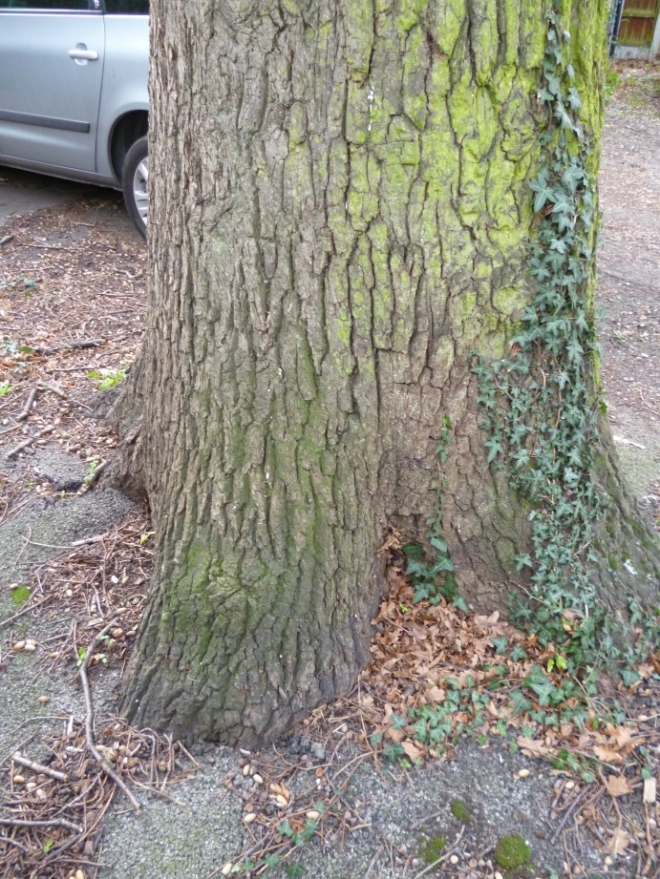
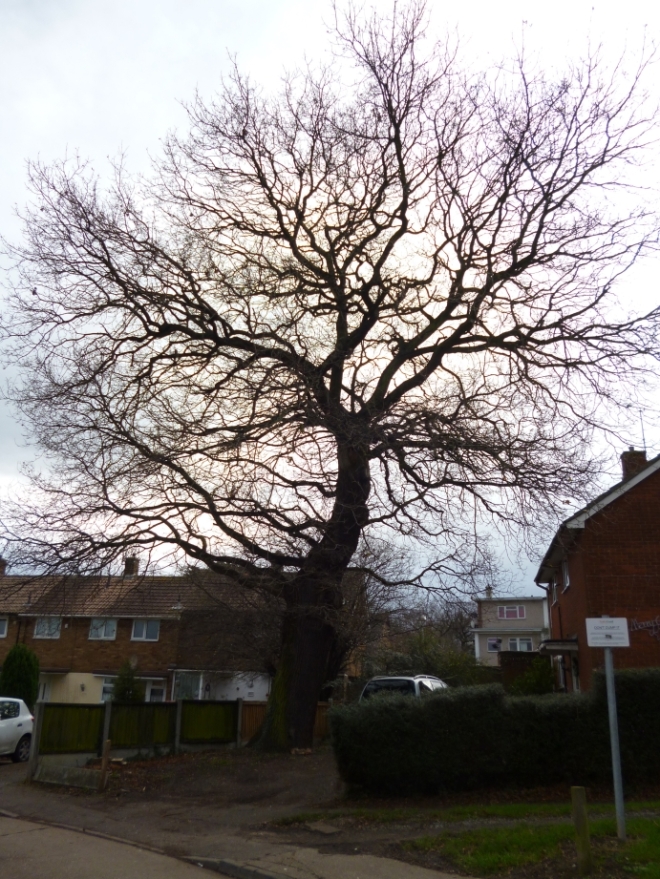
I think it’s always good to look at and learn to identify wood-decay fungi brackets in their ‘active’ form, as well as their decaying form. After all, if we come across a tree in winter and notice brackets around its base, an accurate diagnosis (or even just a provisional diagnosis) may be very important if access to the tree is limited, or if its condition is in serious question.
That’s all I have for Pseudoinonotus dryadeus at the moment – I promise. Now take a sigh of relief, have a drink, and enjoy the upcoming new year (and / or my blog posts before then)!
